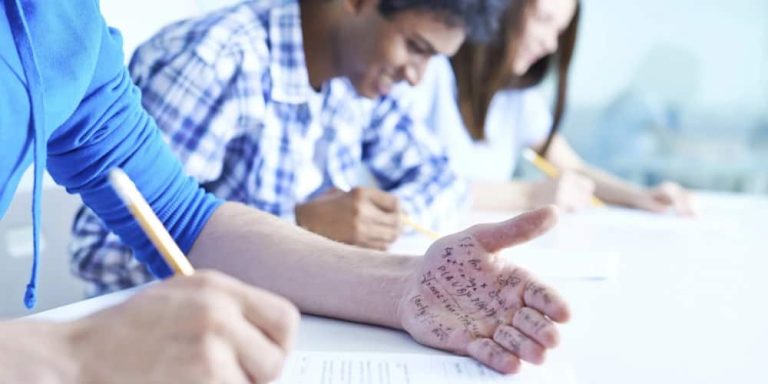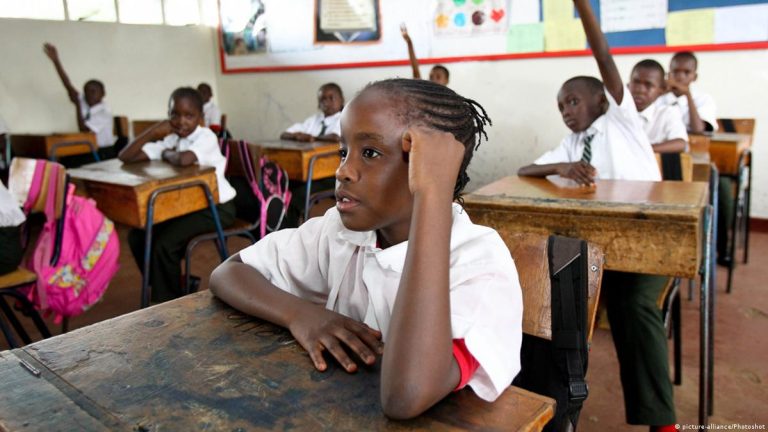Weaning Learners from Teacher Dependence: A Constructivist Approach to Science Education
Author: Boluwaji Ojajuni | 2025
Field: Science Education and Pedagogy
Target Audience: Graduate students in Science Education, Curriculum Studies, Educational Technology
Abstract
Weaning, traditionally associated with nutritional transitions in early childhood, finds a profound pedagogical parallel in the realm of science education. This article explores the concept of academic weaning—the gradual transition of learners from passive recipients of knowledge to independent scientific thinkers. Drawing on constructivist theory, metacognition, and technology-enhanced learning, this paper presents strategies for weaning students from dependence on direct instruction. The discussion focuses on designing learner-centered science curricula, fostering inquiry skills, and leveraging educational technologies to scaffold and eventually remove support, empowering students to think, reason, and act like scientists.
1. Introduction: Rethinking Weaning in Science Education
In a 21st-century knowledge economy, learners must evolve beyond rote memorization and passive listening. This shift requires a deliberate weaning process, where students move from dependency on teacher-led instruction to becoming autonomous, critical, and creative thinkers. This transition is especially critical in science education, where the goal is not merely content acquisition, but the cultivation of scientific reasoning and inquiry.
2. Theoretical Foundations
2.1 Constructivist Learning Theory
Constructivism posits that learners construct knowledge through experiences. Jean Piaget and Lev Vygotsky emphasized active engagement and social interaction as key to learning. Weaning, in this context, is not about the teacher stepping back completely but rather facilitating progressively deeper engagement.
2.2 Vygotsky’s Zone of Proximal Development (ZPD)
Effective weaning occurs within the ZPD, where teachers provide scaffolding just beyond the learner’s current capabilities. Over time, this support is withdrawn as students internalize skills.
2.3 Metacognition and Self-Regulated Learning
Teaching students how to learn is as important as what to learn. Metacognitive strategies—planning, monitoring, and evaluating—are essential tools in weaning students toward self-regulation in science learning.
3. Pedagogical Strategies for Academic Weaning
3.1 Inquiry-Based Learning
Shift from “teaching science” to “doing science.” Encourage students to formulate questions, design experiments, and interpret data. Teachers act as facilitators rather than information dispensers.
3.2 Problem-Based Learning (PBL)
Present real-world, ill-structured problems that require students to seek knowledge actively. PBL mirrors the scientific method and supports cognitive autonomy.
3.3 Scaffolding and Gradual Release of Responsibility (GRR)
Use instructional scaffolds like graphic organizers, simulations, and guided labs. Gradually release responsibility to students as competence increases.
4. Role of Educational Technology
4.1 Digital Tools for Inquiry
Simulations, virtual labs, and data analysis software enable students to explore scientific phenomena independently, even beyond the classroom walls.
4.2 Learning Management Systems (LMS) and Online Modules
Platforms like Google Classroom, Moodle, and Edmodo can deliver flipped content, discussion forums, and peer reviews, fostering autonomous engagement.
4.3 Artificial Intelligence and Adaptive Learning
AI-powered platforms like Khan Academy and Century Tech personalize learning paths, helping students take control of their learning pace and depth.
5. Curriculum Implications
Curriculum designers must embed opportunities for student choice, open-ended inquiry, and reflective practice. Learning outcomes should emphasize scientific practices (e.g., analyzing, reasoning, modeling) over memorization. Assessments must also reflect this shift—from multiple-choice recall to performance-based and portfolio assessments.
6. Challenges and Considerations
-
Equity and Access: Not all students have equal access to technology or prior knowledge to engage independently.
-
Teacher Readiness: Professional development is essential for teachers to master facilitation techniques and digital tools.
-
Cultural Contexts: Some educational systems value teacher authority and might resist learner autonomy without gradual cultural adaptation.
7. Conclusion: Toward Independent Scientific Thinkers
Weaning in science education is a metaphor for educational empowerment. It is a necessary transition that prepares learners not just to know science, but to think scientifically. For future curriculum developers, educational technologists, and science educators, embracing academic weaning is essential for building resilient, curious, and competent learners.
References
-
Bruner, J. (1966). Toward a Theory of Instruction. Harvard University Press.
-
Vygotsky, L. S. (1978). Mind in Society: The Development of Higher Psychological Processes. Harvard University Press.
-
Hmelo-Silver, C. E. (2004). Problem-based learning: What and how do students learn? Educational Psychology Review, 16(3), 235–266.
-
Zimmerman, B. J. (2002). Becoming a self-regulated learner: An overview. Theory into Practice, 41(2), 64–70.
-
Bell, R. L., Smetana, L., & Binns, I. (2005). Simplifying inquiry instruction. The Science Teacher, 72(7), 30–33.






